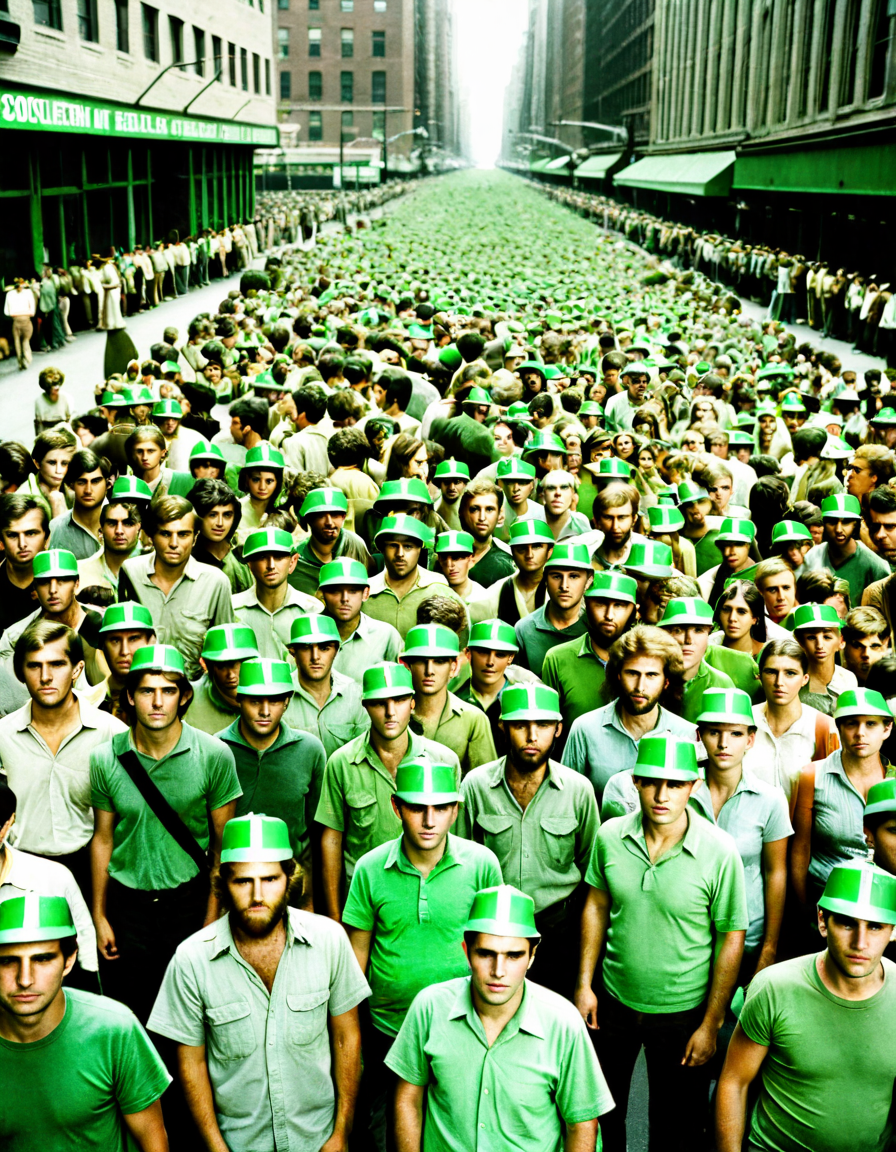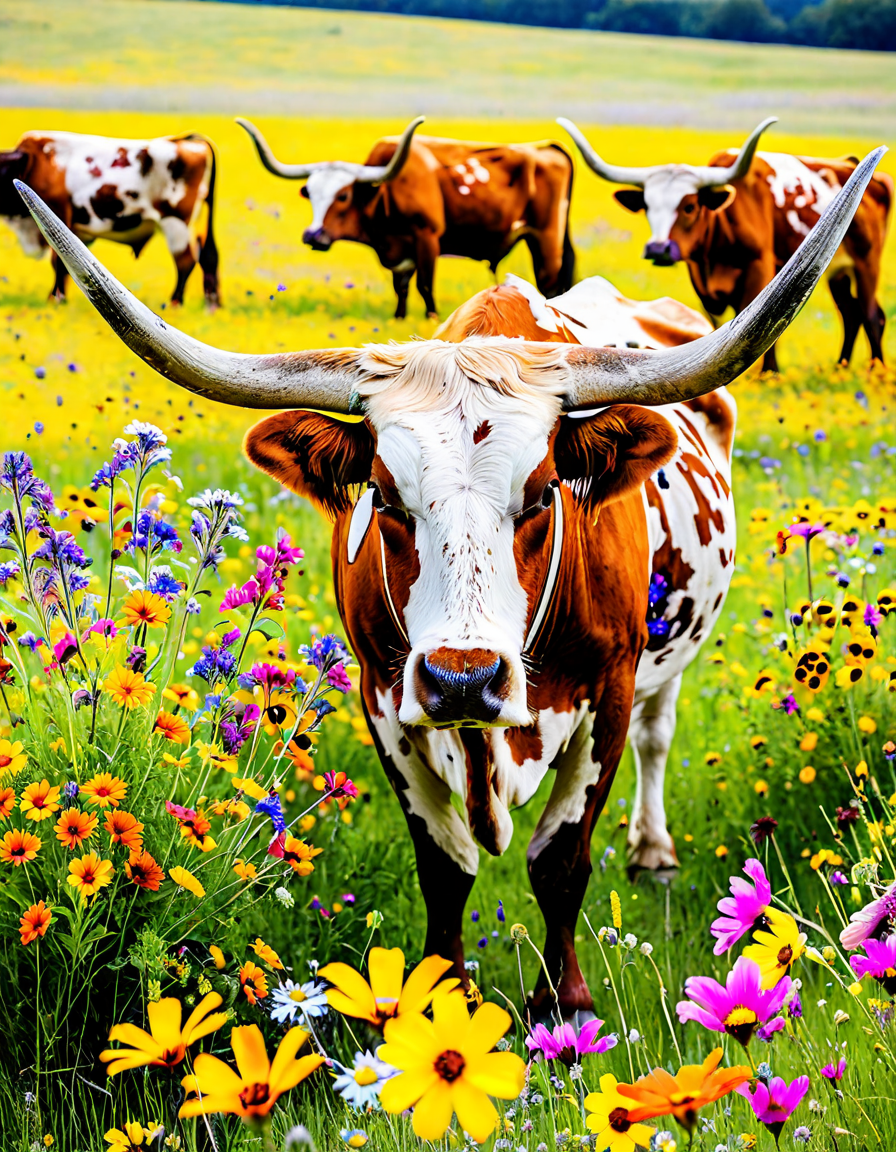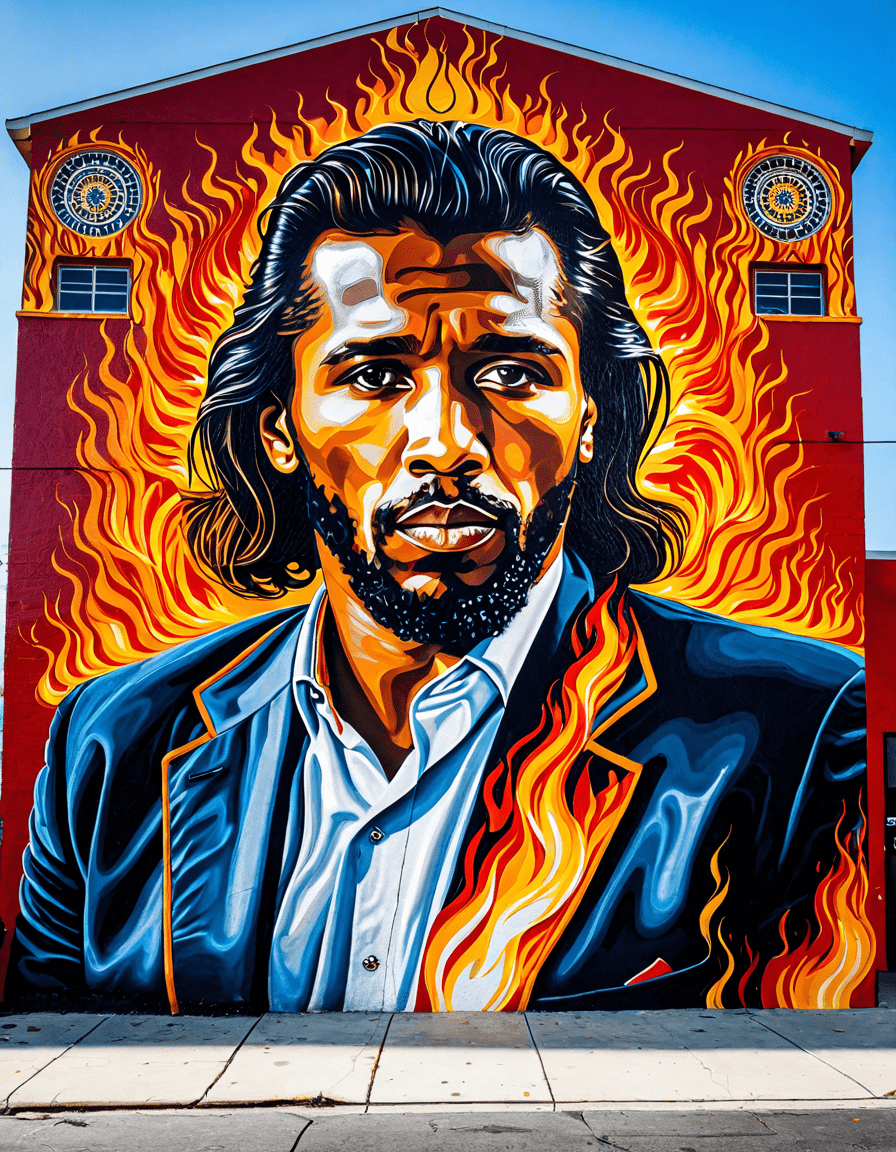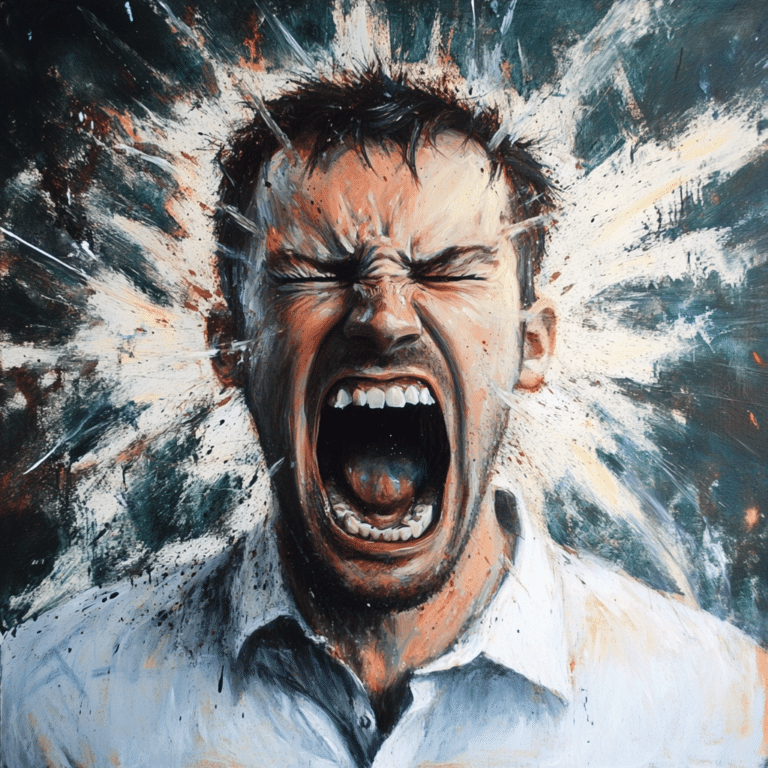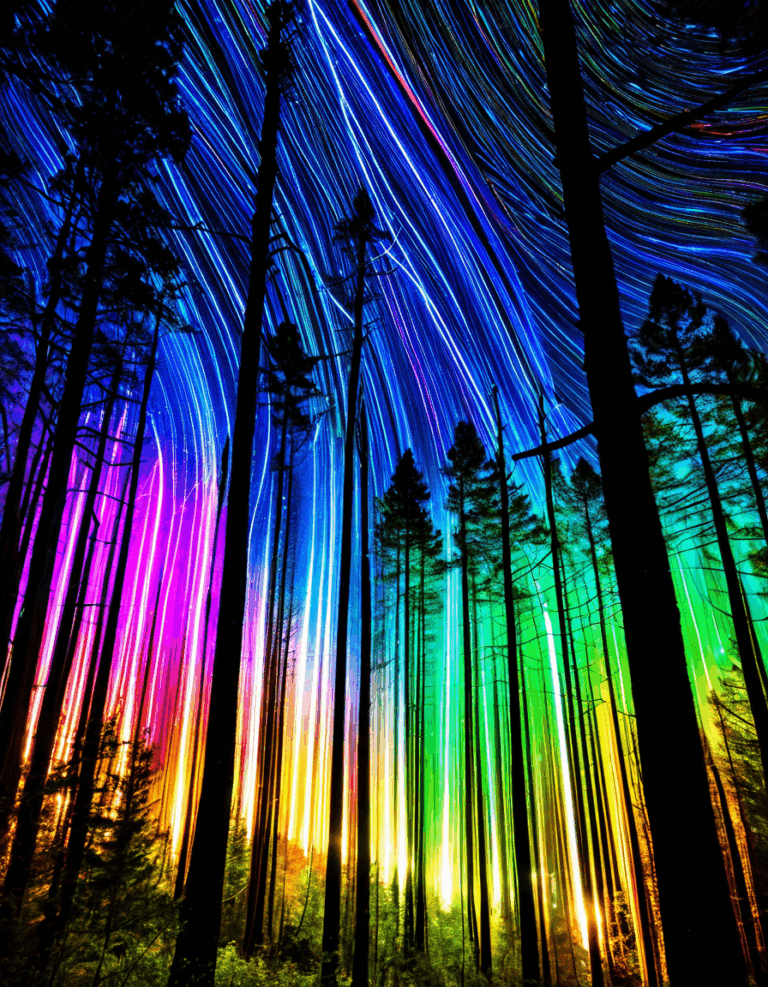
The Enigmatic Legacy of Soylent Green
Released in 1973, “Soylent Green” is a classic film that dives headfirst into a world filled with overpopulation, environmental ruin, and the chilling truth behind a mysterious food product. Remember that iconic line, “Soylent Green is people!”? Talk about a jaw-dropper, right? The movie has stirred conversations about dystopian futures and the perils of consumer ignorance for decades. As we grapple with modern elements like food security and climate change, the film’s warnings ring painfully true today.
Let’s face it: the idea of a future where organic food is a rarity feels alarmingly plausible as we see more headlines about ecological collapse. Our current world isn’t too different from the dystopia depicted in “Soylent Green.” The need for sustainability is more critical now than ever, and the film serves as a haunting reminder of what could come if we ignore these warnings. With each viewing, the film takes on new layers of meaning, urging us to confront our choices and their consequences.
In a contemporary context, “Soylent Green” is much more than just a spine-chilling sci-fi movie. It’s a bellwether for our era, echoing our struggles, and promoting discussions on how we can transform our food sources into sustainable practices. So what’s the connection between this classic and today’s consumer culture? Buckle up, because we’re diving into seven surprising ties between “Soylent Green” and modern consumer products.

7 Surprising Connections Between Soylent Green and Modern Consumer Products
Examining the Dystopian Echoes in Our Modern Society
The chilling elements of “Soylent Green” resonate in today’s society. We face food shortages, climate change, and unsustainable practices, feeling the weight of the film’s dark undercurrents. Interestingly, the ongoing debates surrounding GMOs and artificial food production challenge our current perceptions, prompting questions about what we’re willing to accept in our diets.
Climate change continues to jeopardize food production across the globe, pushing communities to seek alternative solutions. Urban farming and lab-grown proteins have become buzzwords, mirroring the shifts depicted in “Soylent Green.” People know the clock is ticking and are gearing up to make sustainable choices that can tip the scales towards a safer, healthier future.
This film’s prophetic quality reminds us that even though we’ve advanced technologically, some side effects—like food scarcity—haven’t rushed ahead. Individuals are taking the initiative, pushing back against unsustainable practices to ensure a viable food future, just as the characters in “Soylent Green” aimed for survival amidst chaos.
The Cultural Impact of Soylent and Its Legacy
Much like “Soylent Green,” today’s food culture is wrapped up in discussions about ethics, consumer choices, and sustainability. As interest in the film rejuvenates, we find its themes more embedded in our daily struggles with technology, consumption, and the environment. Ethical brands and community-focused initiatives are on the rise, echoing the film’s warnings about the path we tread.
When we reexamine “Soylent Green,” we uncover its foresight regarding our food systems. The film serves as a stark reminder that the choices we make daily shape our futures in profound ways. As society pushes to find creative and sustainable solutions, the conversation sparked by this cult classic is evolving.
In conclusion, “Soylent Green” isn’t just a flick from the ‘70s; it’s a wake-up call that continues to resonate today. So grab some popcorn and revisit this masterpiece—it’s not just a film but a striking commentary on the choices we make around food and the planet. If we can glean any valuable insights, it’s that we must reconsider what it really means to nourish ourselves and the earth.
So the next time you’re faced with a decision about your food, just remember: it could lead you down a “Soylent Green” path, or perhaps, a more sustainable one. Keep the dialogue going, folks!
Soylent Green: Shocking Truth Behind Its Dark Secret
The Origin of Soylent Green’s Dark Twist
Did you know that the iconic line “Soylent Green is people!” became a pop culture sensation, forever sealing the fate of this dystopian classic? Based on Harry Harrison’s novel “Make Room! Make Room!”, the film surprised audiences back in 1973 with its grim revelation. In the movie, the synthetic food product called Soylent Green is a supposed miracle of nutrition but hides a sinister truth about its ingredients. This shocking plot twist left many viewers with lingering questions and sparked discussions decades later—definitely raising eyebrows like the talk around Laila Ali, whose own legacy in the ring often prompts curiosity.
As you might guess, the film’s earth-shattering secret didn’t just come out of thin air. It explores powerful themes about society’s treatment of its citizens and environmental degradation, much like how the idea of a warm wool blanket symbolizes comfort in times of despair. Fans of sci-fi classics like Threes Company or those curious about cultural shifts over time often find Soylent Green a vibrant talking point on multiple fronts.
Behind the Scenes and Production Secrets
While the film’s screenplay is notorious for its dark secret, many behind-the-scenes tales contribute to its legacy. The production faced several challenges, with a budget of only $6 million leading to some creative, if unconventional, solutions. For example, crafting the film’s iconic graphic effects relied heavily on practical effects, a trend that resonates well with modern audiences obsessed with authenticity. Just imagine the bizarre twists that could come from elements like wormwood, which some savvy fans connect to the film’s critique of consuming what’s harmful under the guise of nourishment.
Additionally, the film’s parallels to reality aren’t lost on viewers today, where food supply issues are increasingly prominent. In the same way that Soylent Green made us question our consumption habits, current discussions about sustainable food sources often surface, too! And speaking of surface, anyone who remembers that infamous scene can’t help but giggle while also cringing. It’s a bit like the alluring curiosity behind sex on Shrooms; both draw you in and take you to unexpected places!
The Cultural Impact of Soylent Green
From its eerie themes to chilling phrases, Soylent Green has stuck in the mind of many, intertwining with references in other media and conversations. The mention of Soylent today evokes images far beyond just the film, connecting to contemporary themes of ethical eating and environmental awareness. And as pop culture continues to evolve, it’s just as much about the characters and their journeys—like Ali Mohammed ali, whose own relentless spirit parallel’s the film’s protagonists in their quest for truth and survival (Ali Mohammed Ali).
The film’s legacy reminds us of life’s fragility and the lengths people go to endure—kind of like needing that cozy feeling when clutching a Fluffle standard cloud bed during tough times. It’s fascinating to think how a story about humanity’s dark side can serve as a joyful lens into today’s societal issues. So, as you ponder the shocking secrets of Soylent Green, remember, it’s a reflection on our values and choices—just like how immediate access to that ever-curious niche of Pics Of Vaginas captures society’s curious nature.
In essence, Soylent Green isn’t just a film; it’s a call to action to examine what we consume and the broader implications on our humanity. Each viewer walks away with fresh perspectives, subtly or overtly shaped by the themes steeped in the shadows of its plot, inviting us all to question what’s on our plate—now that’s food for thought!
